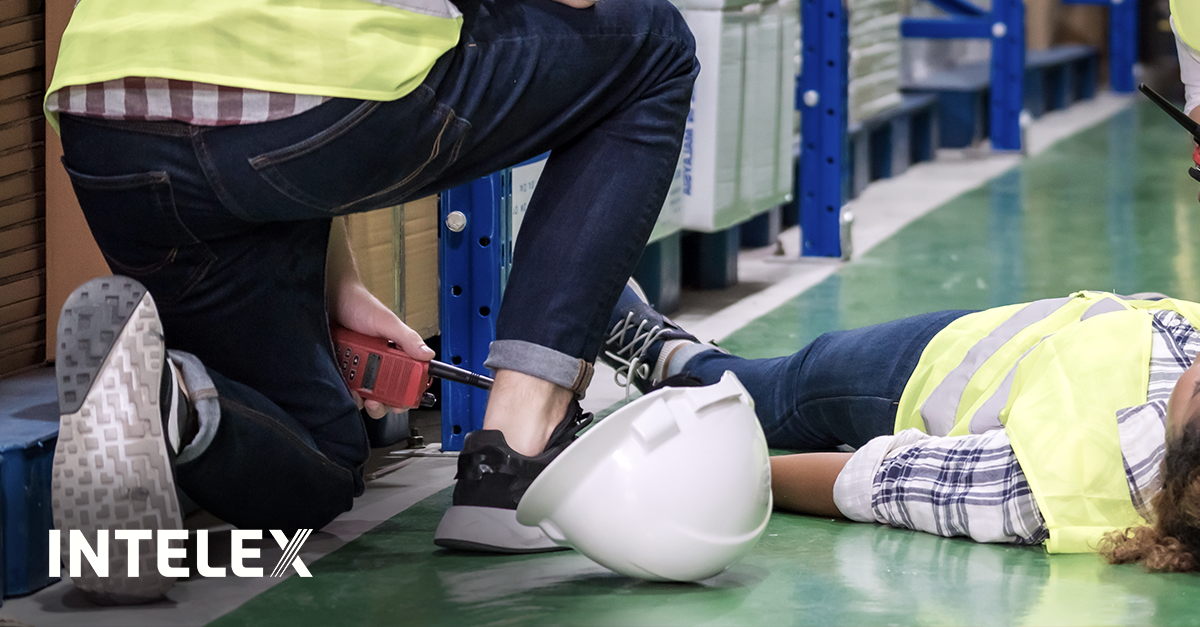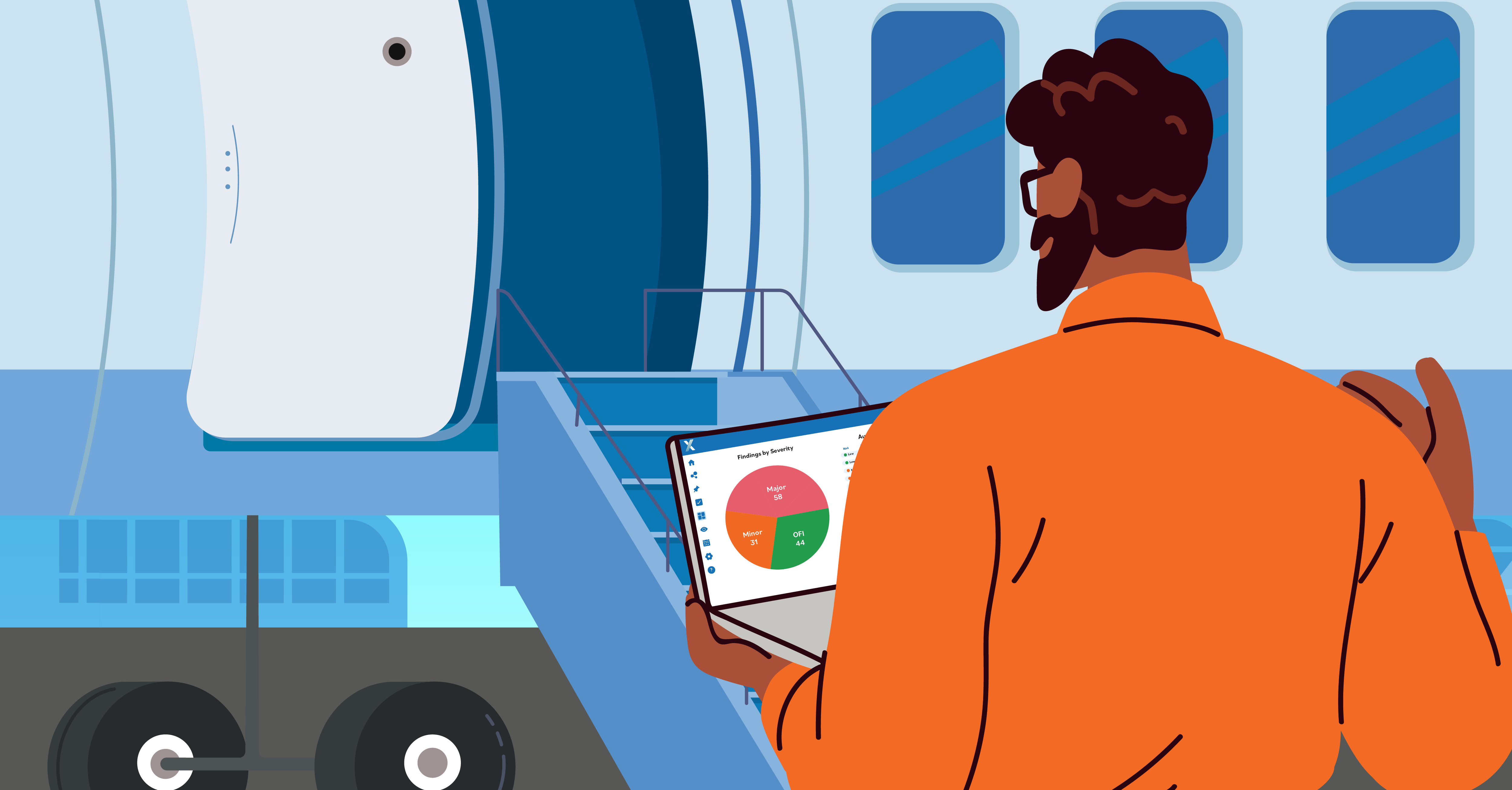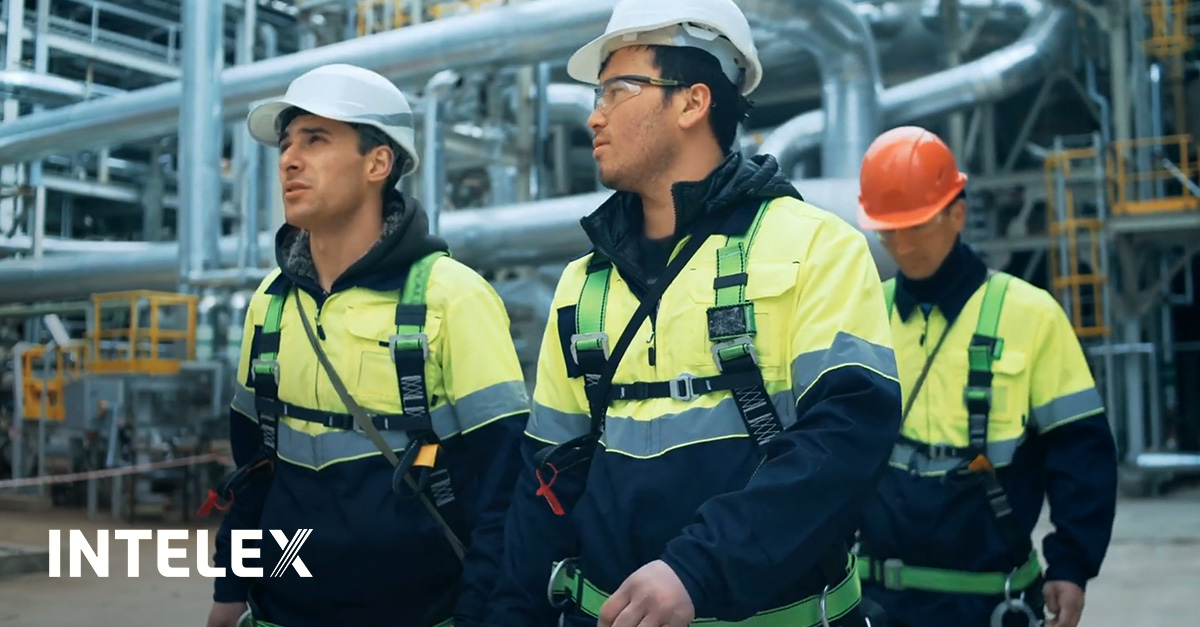Sandy Smith
Sandy Smith, Industry Editor, 3E, is an award-winning newspaper reporter and business-to-business journalist who has spent 20+ years researching and writing about EHS, regulatory compliance, and risk management and networking with EHS professionals. She is passionate about helping to build and maintain safe workplaces and promote workplace cultures that support EHS. She has presented at major conferences and has been interviewed about workplace safety and risk by The Wall Street Journal, CNN, and USA Today.















